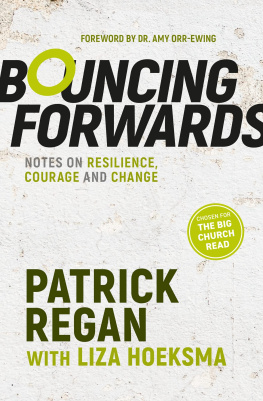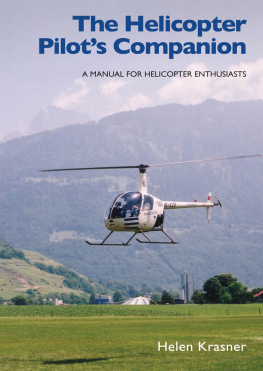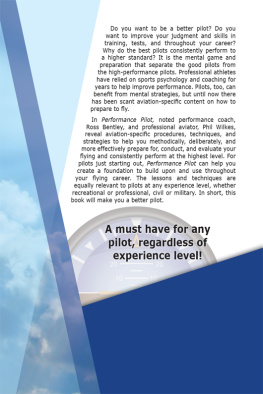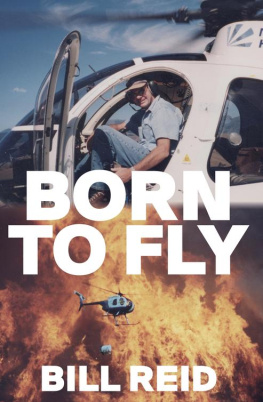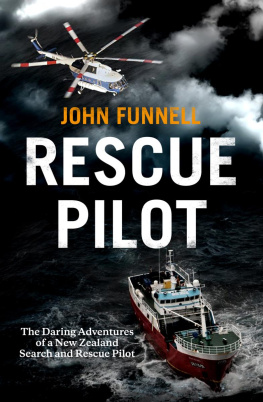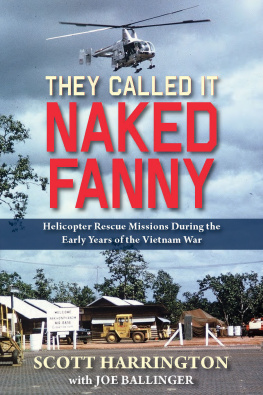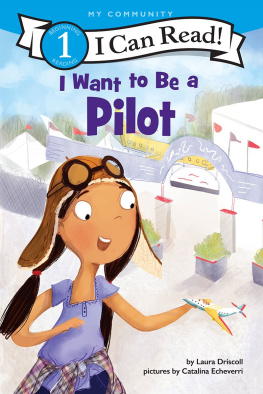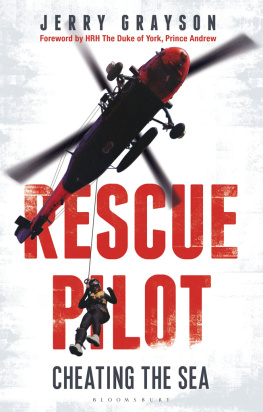The author (left), in flight with Enzo and Pilot Sam.
Patrick Regan lives quite contentedly in the middle of flyover country with his lovely wife, clever sons, and their mostly good dog, Pearl (rescued, naturally). While writing this book, he flew on several animal rescue missions with his pilot friend, Sam Taylor, to whom he is most grateful.
Learn more about Patrick's books, past and upcoming, at patrickreganbooks.com.
A percentage of proceeds from this book will be donated by the author to Pilots N Paws, a national charitable organization that helps connect homeless pets with loving families. Learn more at pilotsnpaws.org.
Dog Is My Copilot copyright 2012 by Patrick Regan. All rights reserved. No part of this book may be used or reproduced in any manner whatsoever without written permission except in the case of reprints in the context of reviews.
Andrews McMeel Publishing, LLC
an Andrews McMeel Universal company
1130 Walnut Street, Kansas City, Missouri 64106
www.andrewsmcmeel.com
ISBN: 978-1-4494-0761-2
Library of Congress Control Number: 2011932645
Cover photo by Jill Clover
Author photo by Patrick Regan
Jacket design by Johnny Stiff
ATTENTION: SCHOOLS AND BUSINESSES
Andrews McMeel books are available at quantity discounts with bulk purchase for educational, business, or sales promotional use. For information, please e-mail the Andrews McMeel Publishing Special Sales Department:
Cover photo: Chipper awaits takeoff in Evanston, Wyoming. He was en route to a Border Collie rescue in Glenrock, Wyoming. Photo by Jill Clover.
, a rescued Pitbull with Courtnee Mulroy in Onawa, Iowa. Photo by Wendee Mulroy.
AFTERWORD
I met Sam Taylor for the first time on the last day of 2009. Id had the idea for this book just days before while talking to Sams wife, Wanda, who Id come to know while working on a previous project. During a casual conversation, Wanda mentioned Sams unusual volunteer work and my ears perked up. Flying dogs? I had to hear more.
We met for breakfast at a restaurant near the Taylors home in Kansas City. Id come prepared for an interviewnotebook and digital recorder in hand. The audio file from that morning provides the perfect background buzz of a busy breakfast dinercoffee cups clanking, silverware clinking, the white noise of a dozen different conversations. Not ideal circumstances for an interview. But listening closely to that recording I can hear the excitement in Sams voice as he recounted the rescue flights hed been making for the nine months previous. He talked with obvious affection about the dogs hed flownthe Siberian husky mother and her five-day-old pups; the hundred-pound bloodhound that untethered himself from the backseat and tried to climb on to Sams lap during landing; the Belgian sheepdog hed flown, fostered, fallen in love with, and desperately wanted to keep; and the Labradoodle that did become a permanent part of the Taylor home after being turned away from a previously arranged foster home.
It wasnt as easy to get Sam to talk about himself, but over that and subsequent meetings his story did emerge with some coaxing. He was ex-navy, ex-Pentagon, and a retired high school teacher. Hed flown navy helicopters during the Vietnam War yearsas a search-and-rescue pilotbut hed also earned his pilots license for fixed-wing aircraft. In the years following his twenty-year military career, while working as a teacher in Pennsylvania and Ohio, he had flown whenever circumstances and budget allowedfirst in a rented plane and later in a well-used two-seater hed bought in Tennessee. But by 2008, his flight hours had dwindleddespite the fact that he had retired from teaching several years earlier. I always had the pilots license in my pocket, but just never used it, he says. Even with a bird in the hangar, I had, like a lot of pilots, lost that purpose for flying. The $100 hamburger had lost its appeal. When he heard about Pilots N Paws in March 2009, he rediscovered his purpose. He logged well over three hundred flight hours before the end of that year. In the previous year, he had flown thirty-nine. The search-and-rescue pilot was back on duty.
I loved hearing Sams stories, but I was, of course, secretly hoping for more. As our first meeting wound down, I got the invitation I wanted. He asked if Id like to accompany him on an upcoming rescue flight. Several weeks later, we were driving from Kansas City to Leavenworth, Kansas, where Sam kept his plane. My educationabout Pilots N Paws, airborne animal transport, and the esoteric world of private pilots, small planes, and small airfieldshad begun.
On the drive to Leavenworth, I asked a lot of questionsabout his experiences in the military, about owning and maintaining a small plane, about the physics of flight. I tried not to sound like an idiot. What exactly was a nautical mile? And if it was nautical, why was it used in the sky? Sam was patient and genial and made things easy to understand. He had been a high school teacher for eleven years, after all.
It was cold that morning, and the airfield manager, an animal lover who approved of Sams volunteer work, had pulled Sams plane inside the hangar the night before to warm the engine oil. While Sam checked flight conditions in the office, I wandered into the small hangar. There were five or six airplanes insidegleaming, lean, efficient-looking machines. A few were undergoing some sort of maintenanceparts lay nearby, engines exposed. I was clueless but impressed. Sam found me a few minutes later, checking out a very slick-looking plane that I later learned was a Cirrus SR22. Thats not my plane, he said, and then with no small degree of pride, gestured beyond it and said, Here she is.
November-Seven-Six-Zero-Niner-Whiskey, Sams plane, is a Piper Cherokee 180 built in 1964. Parked side by side, the Cherokee and the curvilinear Cirrus offered a quick glimpse of the evolution of small aircraft. Aerodynamics no doubt had figured into the design of the Cherokee nearly fifty years ago, but the old girlwith her stubby fuselage, blunt nose, and Hershey bar wingsdid seem a bit chunky next to her modern descendent. I knocked on the Cherokees aluminum skin. Thinner than I would have imagined. It yielded to pressure almost as readily as a beer can. I eyed the propellermaybe six feet long and a few inches broad. Is this really all that moves a plane? My inner dialogue was slipping out, carrying my anxieties with it.
Thats nothing, said Sam. Check this out. He unlatched two extremely low-tech fasteners and lifted the hood. Its basically a lawn mower engine with three extra cylinders.
If I replied to that comment, I dont recall what I said. More likely I was dumbstruck. But I do remember that after a beat Sam followed up his own comment. What? How often do lawnmowers just stop for no reason? I excused myself to make a quick phone call. I wanted to tell my wife I loved her.
Before Sam was finished with this introductionairplane to passengerhe had one more preflight adjustment to make. He produced a role of duct tape from his flight bag, ripped off a piece, four or five inches long, and affixed it to the front grill of the plane. My trusty hundred-mile-per-hour tape, he said in response to my look of astonishment. Its cold out, so I need to restrict the airflow through the oil cooler. Then, smoothing the tape and giving this modification an approving look, he said, Lets go save some dogs.


